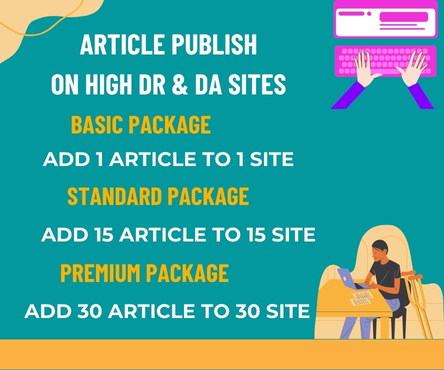Typography is a fundamental aspect of web design that significantly influences user experience and brand perception. The selection of fonts is not merely a design choice; it is a strategic decision that can enhance communication, evoke emotions, and establish a brand’s identity. This article delves into the various dimensions of typography in web design, exploring how fonts shape a brand and impact user engagement. https://weddingphotographerwebdesign.com/
The Essence of Typography
Typography encompasses the style, arrangement, and appearance of text. It is a powerful tool that can convey messages and emotions without the need for images or graphics. The right typography can create a strong first impression, making it essential for designers to understand the nuances of font selection and application.
Fonts and Their Psychological Impact
Different fonts evoke different feelings and associations. For example, a bold sans-serif font may convey modernity and strength, while a delicate script font might evoke elegance and creativity. Understanding the psychological impact of fonts allows designers to choose typefaces that align with the brand’s values and target audience.
Serif vs. Sans-Serif
- Serif Fonts: Often used in print, serif fonts are characterized by their small lines at the ends of letters. They are perceived as traditional and trustworthy, making them suitable for industries like publishing and finance.
- Sans-Serif Fonts: These fonts are clean and modern, lacking the embellishments of serif fonts. They are often favored in digital design for their readability on screens and are commonly used in tech and startup branding.
Enhancing Readability
Readability is a critical factor in web design. A font that is difficult to read can frustrate users and lead to high bounce rates. Designers should consider the following elements to enhance readability:
- Font Size: Text should be large enough to read comfortably on various devices. A minimum size of 16px is often recommended for body text.
- Line Height: Adequate spacing between lines improves readability. A line height of 1.5 times the font size is a good starting point.
- Contrast: High contrast between text and background colors ensures that content is legible. Dark text on a light background is generally easier to read.
Establishing Hierarchy with Typography
Creating a visual hierarchy is essential for guiding users through content. Designers can establish hierarchy by varying font sizes, weights, and styles:
- Headings: Larger, bolder fonts for headings help users quickly identify key sections of content.
- Subheadings: Slightly smaller fonts for subheadings maintain the hierarchy while providing additional context.
- Body Text: A clean, legible font for body text ensures that users can easily read and understand the information presented.
Consistency Across Platforms
Maintaining consistent typography across all platforms is crucial for brand recognition. When users encounter the same fonts on a website, social media, and print materials, it reinforces the brand’s identity and fosters trust. Designers should create a typography style guide that outlines font choices, sizes, and usage rules to ensure consistency.
The Future of Typography in Web Design
As technology evolves, so does typography. Web fonts have become increasingly accessible, allowing designers to experiment with a wider range of typefaces. Additionally, responsive typography—where font sizes adjust based on screen size—has become essential for providing a seamless user experience across devices.
Conclusion
Typography is a powerful element of web design that shapes how users perceive and interact with a brand. By understanding the psychological impact of fonts, enhancing readability, establishing hierarchy, and maintaining consistency, designers can create a compelling online presence that resonates with users. As the digital landscape continues to evolve, the role of typography in shaping brand identity and user experience will remain paramount.

